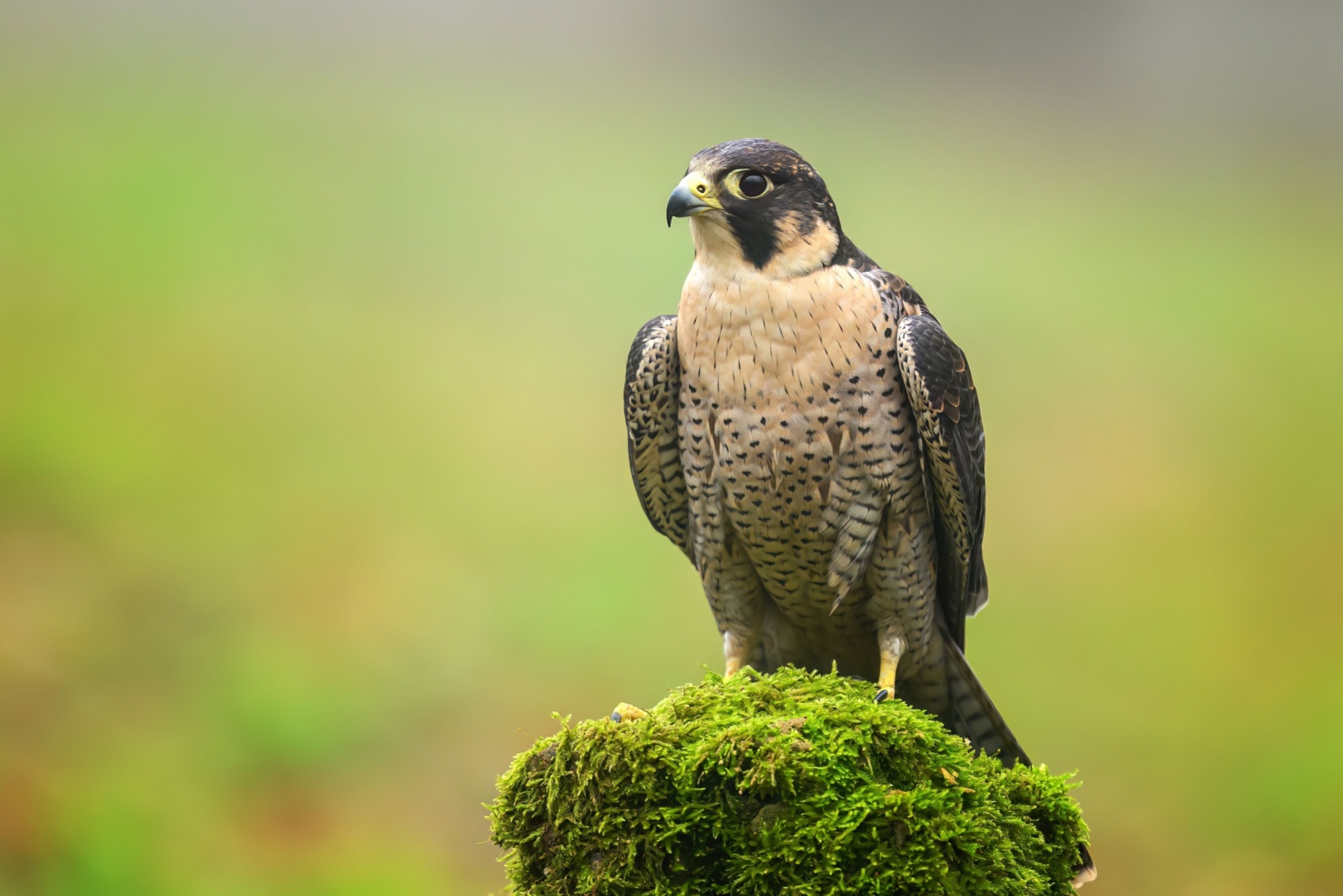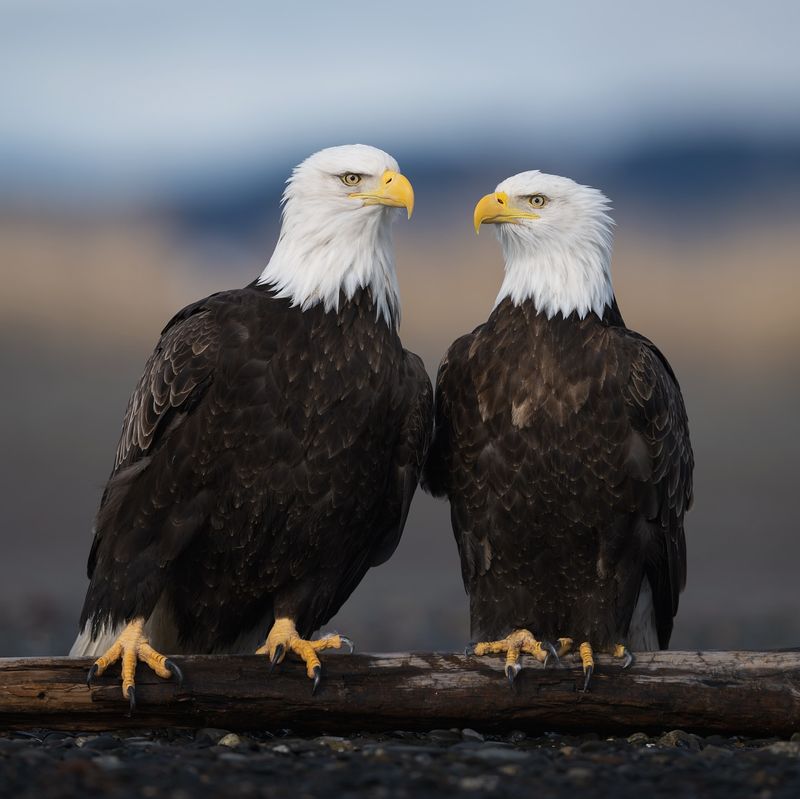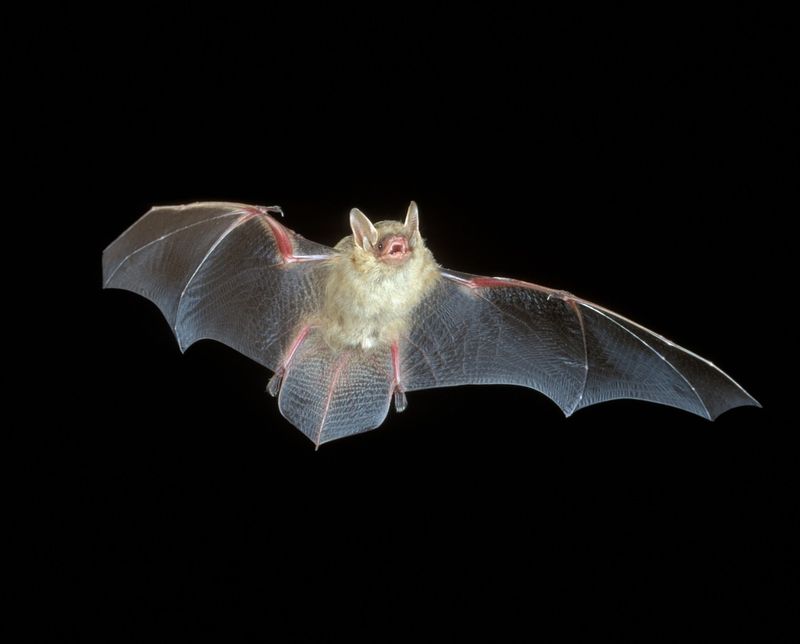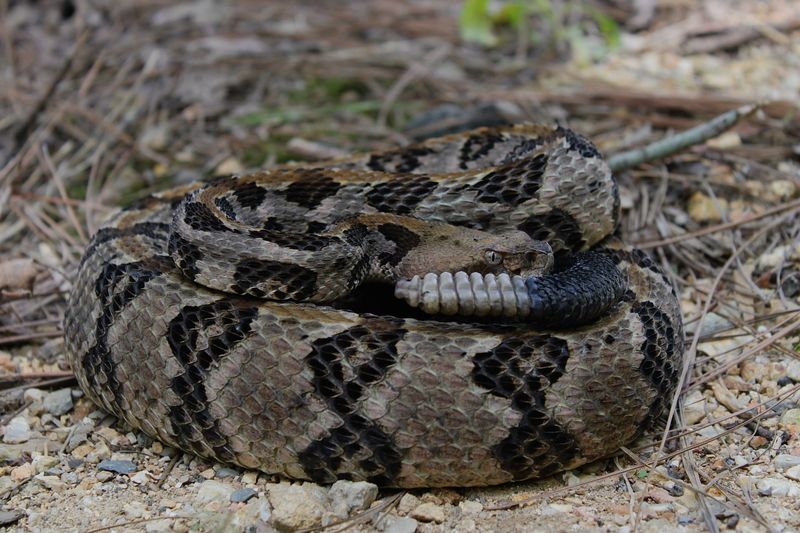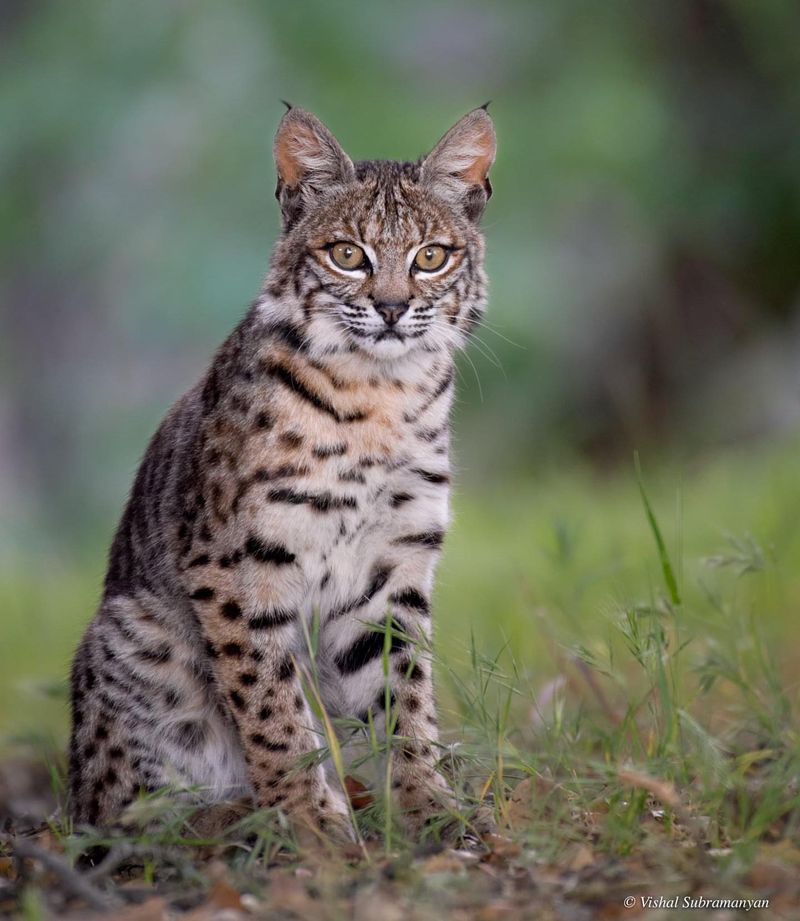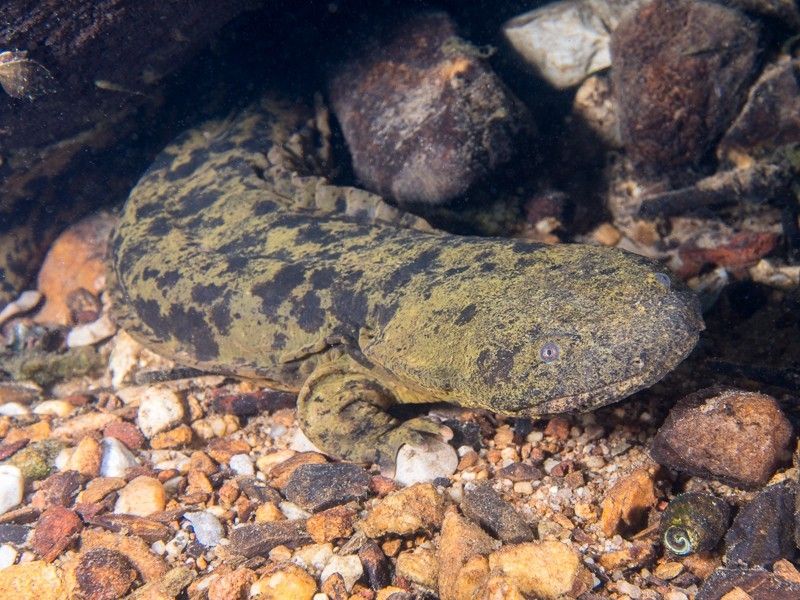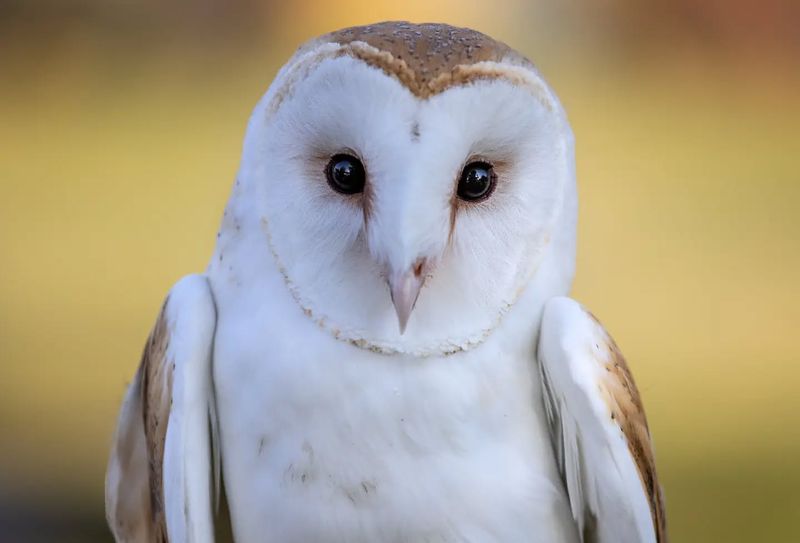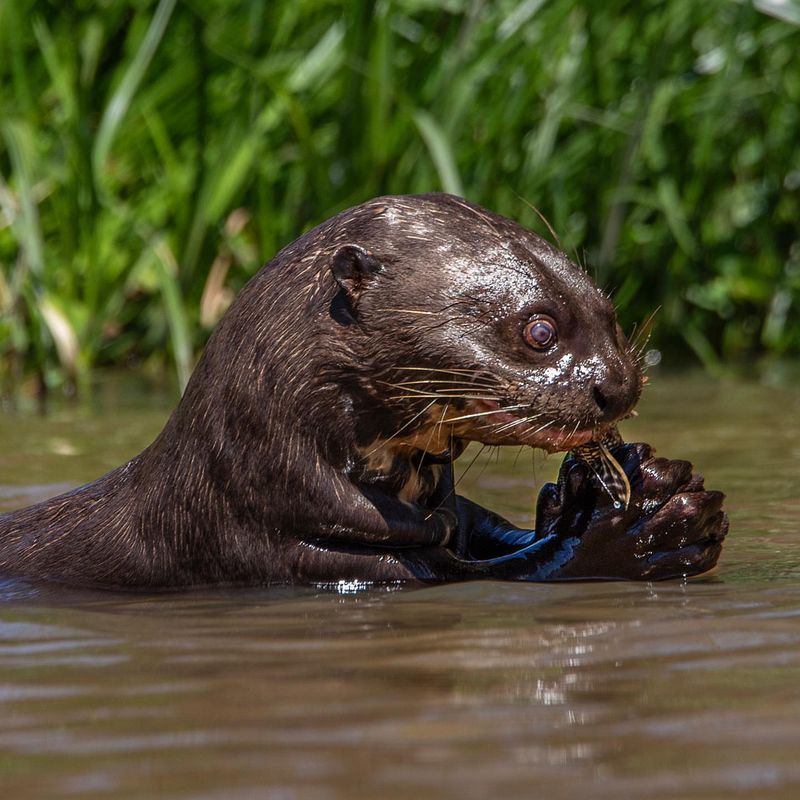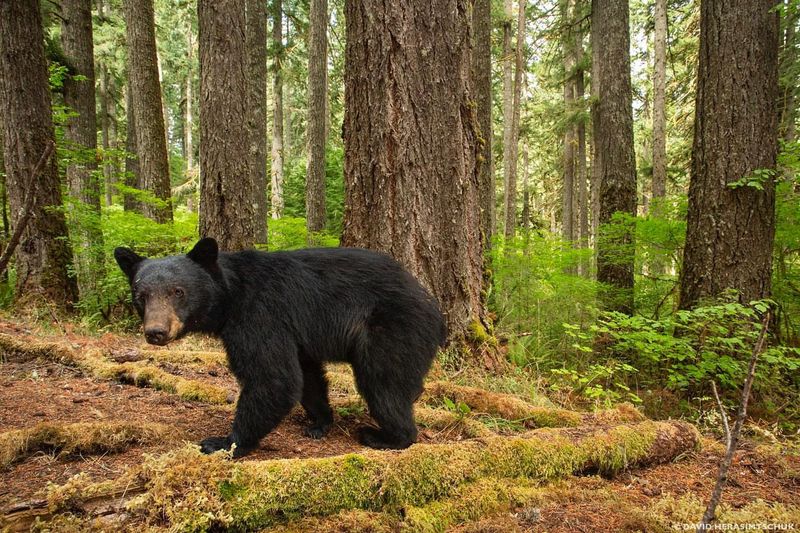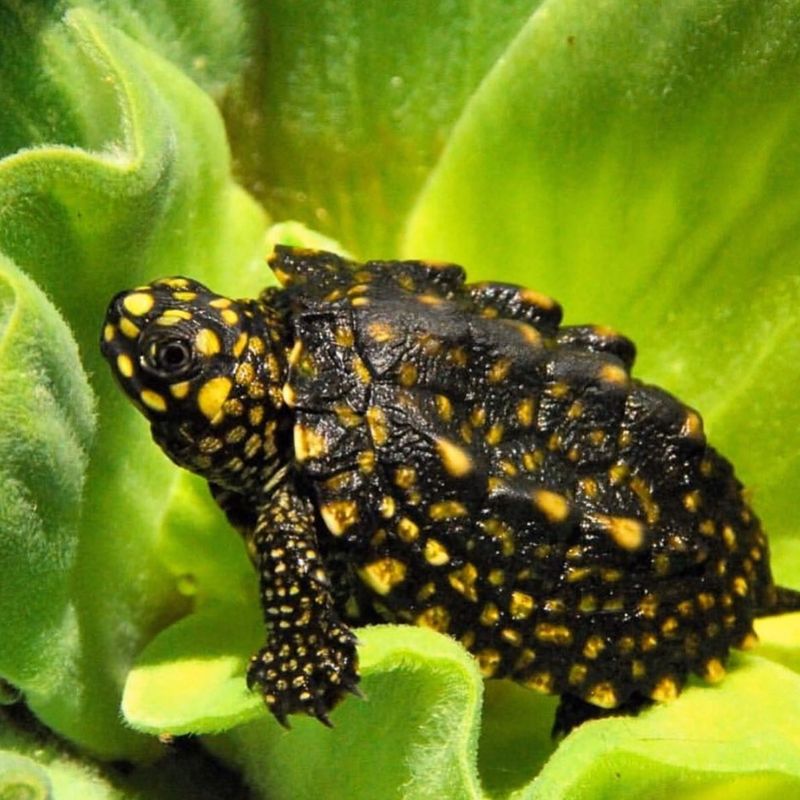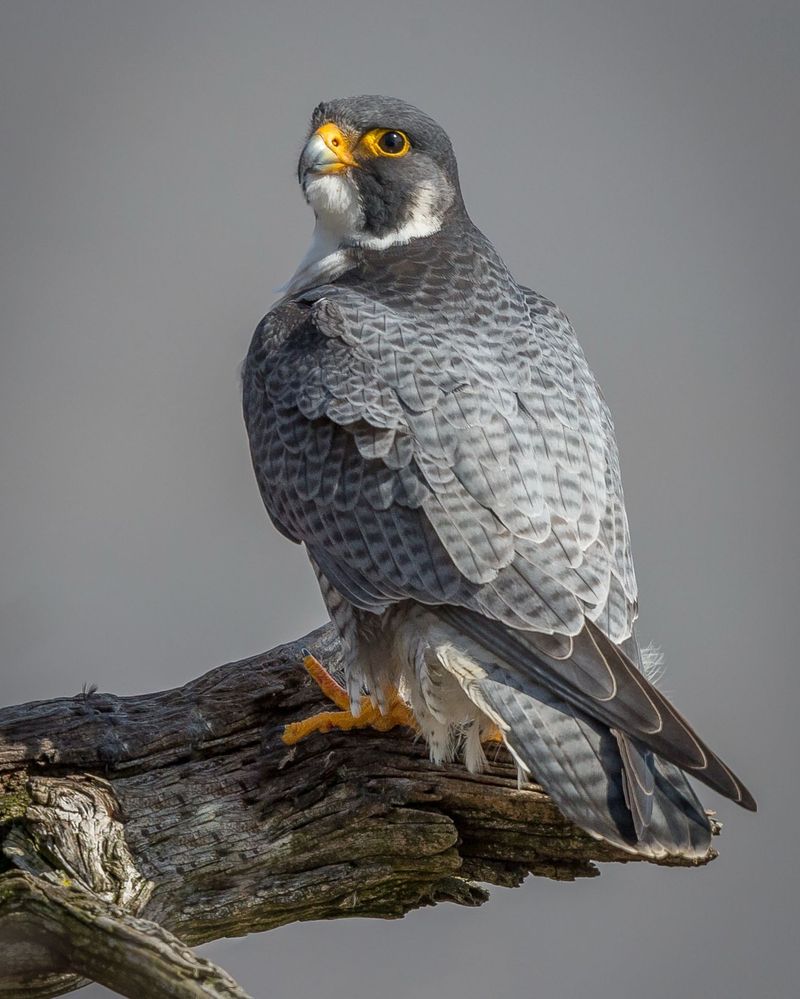Finding wildlife on your Ohio property can be surprising and sometimes concerning. While you might want to handle the situation yourself, Ohio law actually protects many wild animals from being moved without proper permits.
Moving these creatures without authorization can result in hefty fines and even criminal charges. Understanding which animals are off-limits helps you stay legal when dealing with wildlife encounters.
1. Bald Eagles: America’s Protected Symbol
Spotting a bald eagle on your property is both rare and special. These majestic birds are federally protected under the Bald and Golden Eagle Protection Act.
Moving their nests or disturbing these birds in any way can result in fines up to $100,000 and potential jail time. If eagles have nested near your home, contact the Ohio Division of Wildlife immediately for guidance.
2. Indiana Bats: Endangered Night Flyers
Many homeowners panic upon discovering bats, but Indiana bats deserve special consideration. As a federally endangered species, they’re strictly protected from relocation attempts.
These small mammals play a crucial role in controlling insect populations, consuming thousands of mosquitoes nightly. If Indiana bats have taken up residence in your attic or outbuildings, professional wildlife managers must handle their safe removal.
3. Timber Rattlesnakes: Venomous But Vulnerable
Encountering a timber rattlesnake might send shivers down your spine, but reaching for a shovel is illegal. These venomous reptiles are listed as endangered in Ohio and protected by state law.
Despite their fearsome reputation, timber rattlesnakes prefer avoiding humans and rarely venture into residential areas. Should you spot one, keep your distance and call a licensed wildlife rehabilitator who can safely relocate this threatened species.
4. Bobcats: Elusive Woodland Neighbors
Bobcats have made a remarkable comeback in Ohio after nearly disappearing from the state. These medium-sized wild cats are now protected wildlife that cannot be captured or relocated by homeowners.
Though they may occasionally wander through rural properties, bobcats typically avoid human contact. Their presence actually benefits your land by controlling rodent populations naturally. If one becomes problematic, only wildlife officials can address the situation.
5. Eastern Hellbenders: Giant Salamanders In Crisis
If you live near a creek or river in eastern Ohio, you might encounter North America’s largest salamander – the Eastern Hellbender. These bizarre-looking aquatic creatures can reach two feet long!
With populations crashing due to water pollution, hellbenders are strictly protected. Removing one from your property waterway is illegal without proper permits. Their presence actually indicates your water is exceptionally clean and healthy.
6. Barn Owls: Vanishing Farm Guardians
With their distinctive heart-shaped faces, barn owls might take up residence in outbuildings or abandoned structures on your property. Their eerie screams at night often startle homeowners.
As threatened species in Ohio, these beneficial birds cannot be disturbed or relocated without permits. A single barn owl family can consume over 1,000 rodents annually! The Division of Wildlife offers special nest boxes to encourage these helpful predators to stay safely.
7. River Otters: Playful Stream Residents
River otters have been successfully reintroduced to Ohio after being completely wiped out decades ago. These playful, semi-aquatic mammals remain protected by state law.
Finding otters in your pond or stream is actually cause for celebration! They indicate healthy water systems. However, homeowners sometimes mistake their activity for nuisance behavior. Only licensed wildlife professionals can address conflicts with these protected creatures.
8. Black Bears: Returning Forest Giants
Black bear sightings have increased dramatically in eastern Ohio as populations recover from historical hunting. While encountering one might be frightening, these animals are protected wildlife.
Attempting to trap or relocate a bear yourself is both dangerous and illegal. Bears typically pass through properties seeking food and rarely become permanent residents. The Ohio Division of Wildlife has trained specialists who respond to bear encounters in residential areas.
9. Spotted Turtles: Colorful Wetland Jewels
The spotted turtle’s yellow-dotted shell makes it one of Ohio’s most distinctive reptiles. Unfortunately, their striking appearance has made them targets for illegal collection.
Finding these small turtles on your property means you have valuable wetland habitat. As a threatened species, spotted turtles cannot be relocated, even to seemingly better locations. Their specific habitat needs make professional assessment necessary before any management actions.
10. Peregrine Falcons: Urban Cliff Dwellers
Peregrine falcons have adapted remarkably to human environments, sometimes nesting on tall buildings or structures like water towers on private property. These incredible birds can dive at speeds over 200 mph!
Once nearly extinct, peregrines remain protected under both state and federal law. If they’ve chosen your property for nesting, consider yourself lucky! However, any conflicts must be addressed through proper wildlife authorities, never through personal relocation attempts.

